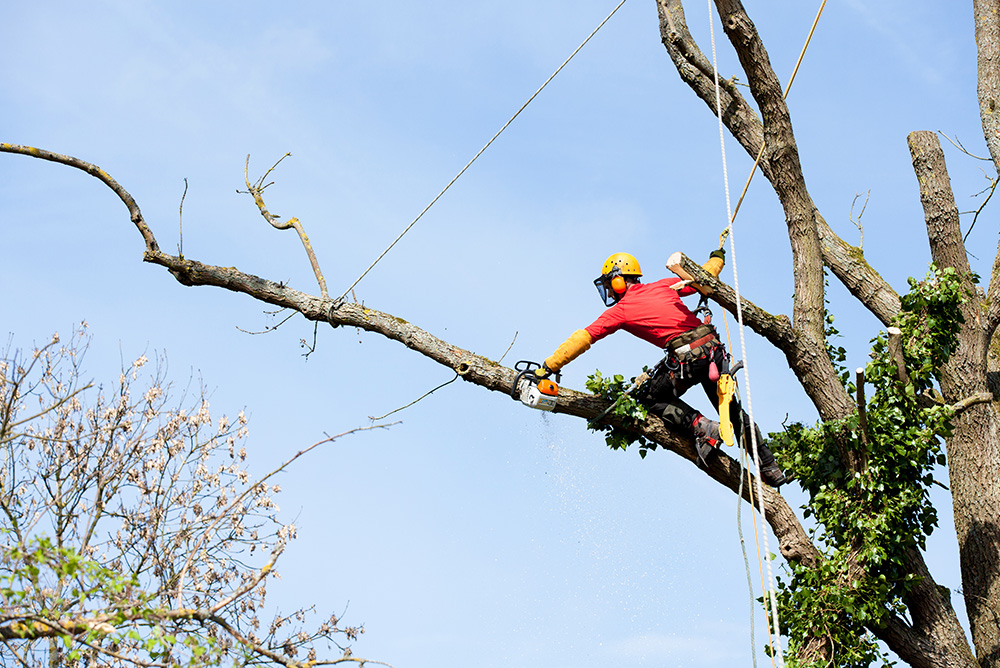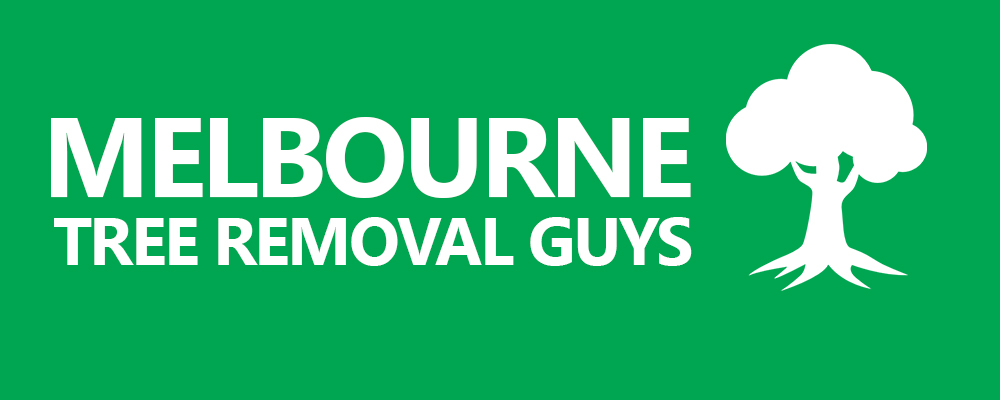Why You Should Avoid Tree Topping
 We all make mistakes. Sometimes it’s because of carelessness and sometimes it’s because of a lack of information. This seems to happen in all aspects of life, tree care included. For example, it once used to be acceptable to top your trees. For those who may not be familiar with this practice: topping is an extreme and harmful form of pruning. It involves the cutting of tree branches to reduce the size of a tree.
We all make mistakes. Sometimes it’s because of carelessness and sometimes it’s because of a lack of information. This seems to happen in all aspects of life, tree care included. For example, it once used to be acceptable to top your trees. For those who may not be familiar with this practice: topping is an extreme and harmful form of pruning. It involves the cutting of tree branches to reduce the size of a tree.
Also commonly referred to as heading, tipping, and rounding-over, topping has become a practice that almost all arborists, scientists, and tree care professionals agree is harmful and should almost always be avoided. This is how we feel, and we even offer crown restoration services for those who have had tree topping recently done. Learn more about our tree care services and schedule your appointment today!
Why Topping Hurts Trees
A simple and intuitive rule for tree pruning is to never remove more than a third of the tree’s crown, which is what happens with topping. Doing this affects the tree’s ability to make food, which in turn puts the tree at risk of dying. This sure seems like enough of a reason to avoid topping, right? Well, if you’re not convinced, here are some more reasons why this harmful practice should be avoided:
Topping Stresses Trees
Leaves are like little food factories for trees. When you remove a tree’s leaf-bearing crown, you are essentially cutting off the tree’s ability to get food. This is especially true when you consider the fact that many tree toppers would commonly remove 50 to 100 percent of the tree’s crown. When this happens, the tree goes into survival mode, sending out dormant buds and forcing rapid growth to get new leaves out as soon as possible. If the tree does not have enough stored energy required to do this, it will become weak, stressed, and more susceptible to insects, diseases, and other harmful invasions.
Topping Can Cause Sunscalding
Leaves not only provide the tree with food, but they also shade the branches from harsh sunlight. When these leaves suddenly disappear, branches and the trunk are exposed to high levels of heat and light, potentially resulting in a sunburn that damages the tissues beneath the bark, which can cause cankers, splitting, and even death for branches.
Topping Increases Decay Risk
Proper tree pruning is all about making exact and targeted cuts—the type of wounds that the tree can handle and use to become stronger. The practice of topping, however, involves making large cuts between lateral branches, creating stubs with wounds that are sometimes too large to close. This leaves wood tissue exposed, giving decay organisms a clear path down through the branches.
Topped Trees Are More Dangerous
As we’ve mentioned, when you top a tree, you can significantly affect its health and its balance. Topping sends the tree into survival mode, which causes multiple shoots to grow below each cut. The problem with this is that these new shoots are weakly attached and only anchored to the outermost layers. This, in combination with the fact that they are growing at an accelerated rate, makes them prone to breaking, especially during strong storms or icy conditions.
Topping Ruins Appearance
Trees are wonderful and beautiful things. Not only do they play an integral role in helping to sustain a habitable atmosphere, but they are also pleasing to look at. Though we can often take their beauty for granted, it only takes one look at a tree that has been topped to realize just how beautiful a natural tree is. Topped trees often have ugly stubs and a general look that is far from natural. What’s more is that this natural look—of foliage and natural grace—is something that can never fully be regained.
